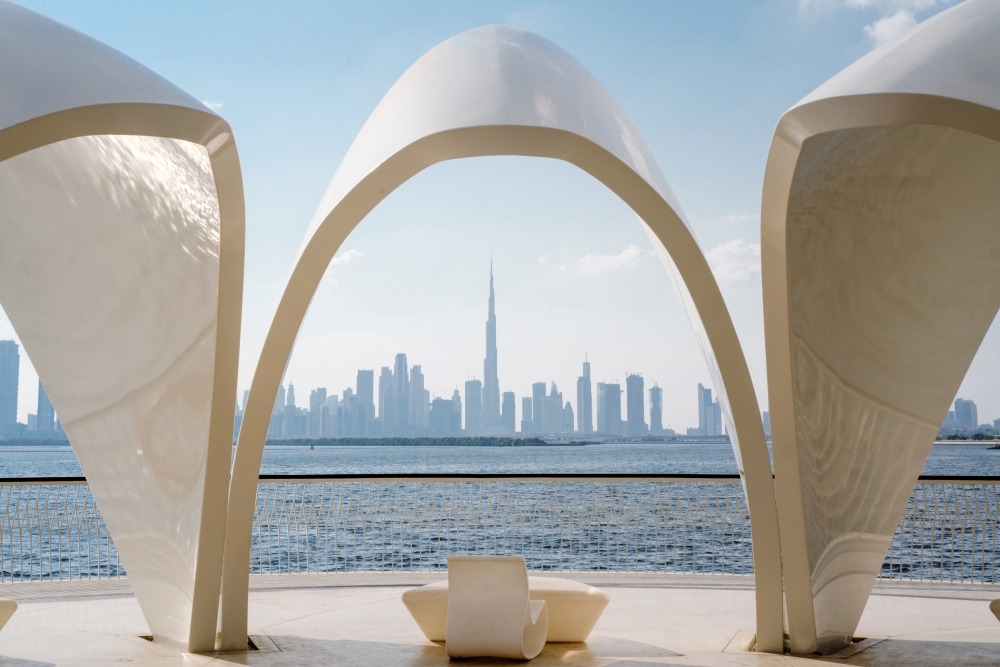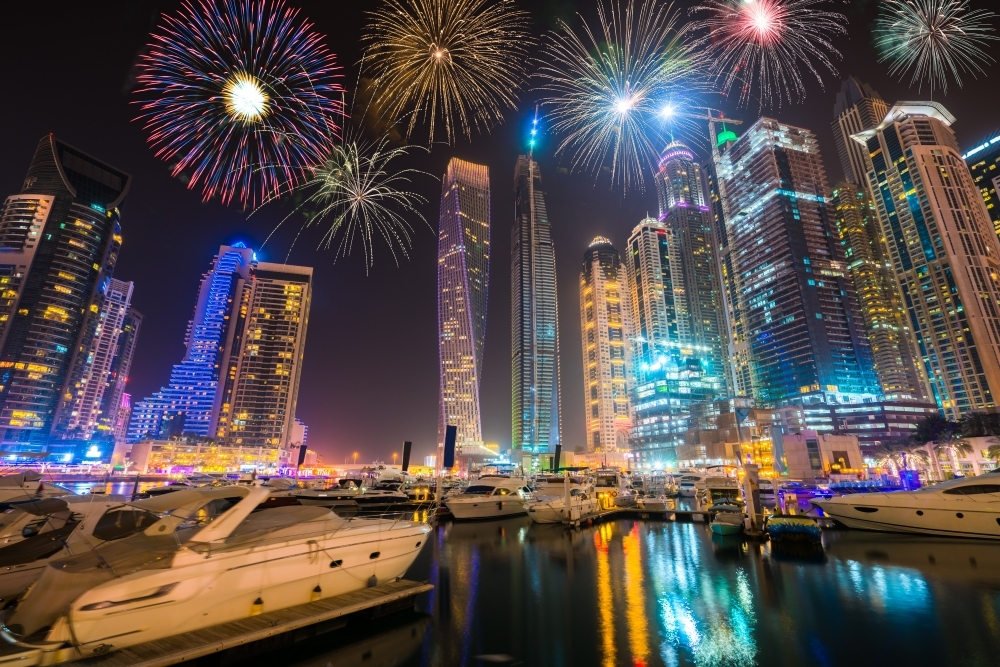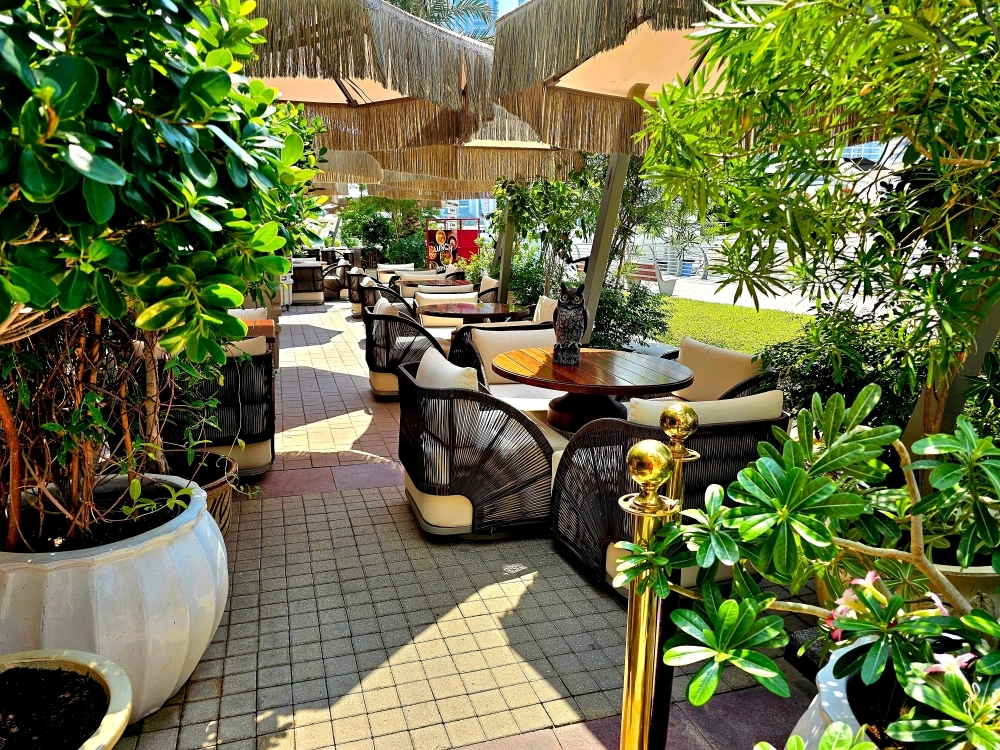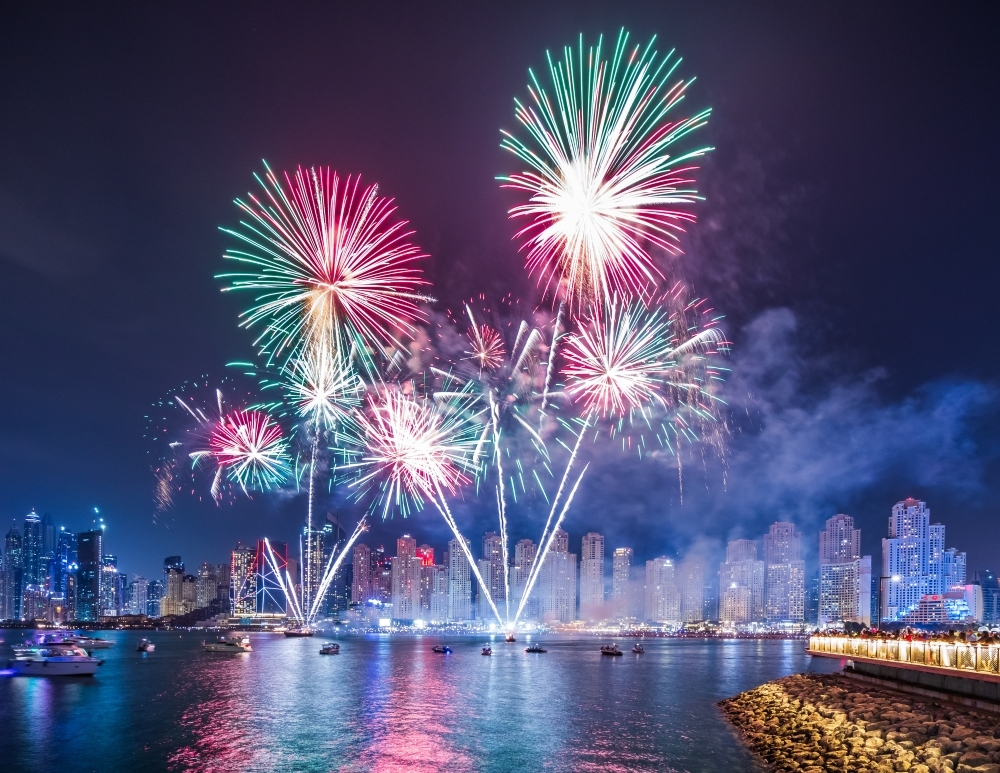How Dubai Redefined Private Golf Clubs
Thirty years ago, few would have imagined that Dubai could host such lush, world-class courses – yet it does. In just a relatively short span of time, the city has transformed what was once bare desert into a home for magnificent golf clubs – a place where fairways now run where dunes once shifted in the wind. What began in 1988 as an improbable idea has since matured into a constellation of private estates laced with championship courses – a cultivated world where golf has become a ritual. Emirates Golf Club was the genesis: the first all-grass championship course in the Middle East, its emerald fairways unfurling beneath the skyline like a promise of permanence in the sand.
Today, Dubai’s most coveted clubs operate within their own codes of privacy and polish. Unlike the traditional bastions of Britain or America, these are not hidden behind ancient gates or secret lists. Instead, their discretion lies in experience – in the lounges and terraces reserved for members, in spas where silence feels intentional, in the mannered choreography of service that turns leisure into ceremony.
From the first tee at Emirates to the closing green at the Creek, these clubs chart Dubai’s golfing evolution – a handful of venues that define the city’s pursuit of perfection on the fairway.

Emirates Golf Club
Designed by Karl Litten, Emirates Golf Club opened in 1988 along Sheikh Zayed Road, marking the true beginning of modern golf in the Middle East. Its debut came to symbolise both the reshaping of the terrain and the blending of high-level sport with Dubai’s emerging metropolitan identity. The Majlis Course – a par-72 layout traced over desert dunes and native flora – brought a British sensibility of restraint to a Middle Eastern horizon. For over thirty years, its immaculate corridors have hosted the game’s greats at the Hero Dubai Desert Classic, its turf now carrying the quiet authority of history.
The club has since expanded into a complete ecosystem – two 18-hole courses, the Majlis and the Faldo, joined by a Par-3 academy course and the renowned Peter Cowen Academy. At night, the Faldo Course glows under floodlights, one of the few in the world to allow a full round after sunset – golf played in chiaroscuro.
Beyond the fairways, the culture is measured and urbane, as members move from French-Mediterranean cooking at Carine to Jones the Grocer and the classic Spike Bar, before drifting between the pool and courts, the gym and the spa.
Read More: Queenwood Golf Club
Jumeirah Golf Estates
If Emirates Golf Club marks the beginning, Jumeirah Golf Estates represents the natural evolution – envisioned not merely as a golf club but as a cultivated landscape, where the fairways, homes, and daily rhythms of life are woven seamlessly together. The club wraps two Greg Norman designs – Earth, with its verdant parkland feel, and Fire, designed to reflect the desert’s native grasses and terracotta bunkers – all set within one of Dubai’s most exclusive gated environments. The Earth Course, with its white bunkers and sweeping parkland geometry, hosts the DP World Tour Championship, ensuring that every winter the world’s eyes return to its greens.
Beneath the palms of Jumeirah Golf Estates, villas and townhouses line the fairways in quiet symmetry; shaded lanes connect the homes to the Country Club, where residents enjoy pools and restaurants. What’s notable is how the district so effortlessly entwines golf with the rhythm of home, giving it a quiet character all its own.
The Els Club
In Dubai Sports City, The Els Club carries the poise and precision of its founder. Ernie Els shaped it with the mentality of a man who has spent a lifetime in the arena – with the belief that craft, discipline, and patience still matter – and he poured that standard into every line of the course. This 18-hole, par-72 course layout blends the texture of British links with the structure of desert terrain.
The honours are predictable yet deserved – Dubai’s Best Golf Course 2024 at the World Golf Awards, and Best Luxury Golfing Destination in the Middle East at the Global 100 Awards. But the Els Club is also a composition of sport and poise – the pool shimmers beside the terrace bar and the Claude Harmon III Performance Academy is set in the background, drawing professionals and amateurs.
Read More: Shanqin Bay Golf Club
Montgomerie Golf Club Dubai
Within the guarded calm of Emirates Hills lies Montgomerie Golf Club Dubai – a retreat that carries the decorum of its surroundings. Created by Colin Montgomerie and Desmond Muirhead across more than 200 acres, the golf course winds around 14 lakes and 81 bunkers, and one of its greens is so big that it ranks among the largest on the planet.
Members of the club walk from the academy to the leisure lawns, from shaded terraces to quiet dining rooms, moving through a rhythm that feels measured and self-assured. The Address hotel rises beside the course, complementing the setting with an air of ease and leisure.
Days there unfold between practice greens, poolside mornings, and unhurried lunches overlooking the water. Here, membership opens doors to a world of sophisticated leisure.
Trump International Golf Club, Dubai
In the planned symmetry of DAMAC Hills, Trump International Golf Club rises as a newer private course of intent. Designed by Gil Hanse, it combines clarity of line with a quiet sense of ambition – a layout that feels both modern and assured.
Members enjoy a floodlit Par-3 course that complements the championship layout, while the academy and practice ranges invite repetition and mastery. Inside, the clubhouse unfolds with cinematic scale – an infinity pool overlooking the closing holes, a Technogym fitness suite, panoramic dining rooms. It is a vision of 21st-century high-life – more dynamic than traditional, yet every detail calibrated for those who value privacy.
Read More: Best Areas to Live in Dubai with Family
Dubai Hills Golf Club
Closer to the city centre, Dubai Hills Golf Club signals a generational shift. Designed by European Golf Design and operated by Troon, the course arcs through the green corridors of Dubai Hills Estate, with the Burj Khalifa visible in the distance – an urban skyline rising above pastoral calm.
The course itself appears generous but reveals its strategy at every turn. At 7,220 yards with a par-72 layout, its architecture by European Golf Design exploits subtle ridges and valleys – fairways that curve around lakes, bunkers perched on ridge-lines and greens that respond to every line and lie. On the 5th, for instance, the tee shot frames the Burj Khalifa in the distance, while the 18th approaches a lake-edged green that tests both nerve and touch.
The clubhouse continues the theme – pale stone walls, expanses of glass opening to the skyline, and natural light that draws the outdoor landscape inside.
Arabian Ranches Golf Club
At Arabian Ranches, the game returns to its roots. Designed by Ian Baker-Finch in association with Nicklaus Design, the course stretches across 7,658 yards through sculpted dunes and native desert contours, preserving the character of the landscape. There are no ornamental lakes here, no theatrical landscaping – only space and the play between wind and sand.
The Spanish Colonial clubhouse feels almost domestic by contrast. Its verandas overlook the 9th and 18th greens, where players pause for lunch as sunlight fades across the fairway.
Read More: Best Areas to Live in Dubai
Dubai Creek Golf & Yacht Club
On the edge of Dubai Creek in Deira, Dubai Creek Golf & Yacht Club commands a setting unlike any other. The sail-shaped clubhouse, long regarded as a landmark of the city, frames a par-71 course of subtle movement and impeccable conditioning. Since the early 1990s, it has been part of the UAE’s golfing. Membership extends beyond the course to a private world of pools, spas, and dining beside the marina. The Boardwalk and Lakeview restaurants carry the mood of a private yacht club within a golf venue.
The Nature of Privacy
In Dubai, privacy is a matter of design rather than exclusion. Few clubs remain closed to outsiders, yet the privileges granted through membership redefine what exclusivity means. Alongside the right to play, members gain access to private lounges, shaded terraces, curated events, and private academies. At golf clubs like Emirates, Els, or Trump International, this sense of belonging replaces the old-world secrecy of European clubs with a more modern idea – privacy expressed through service.



